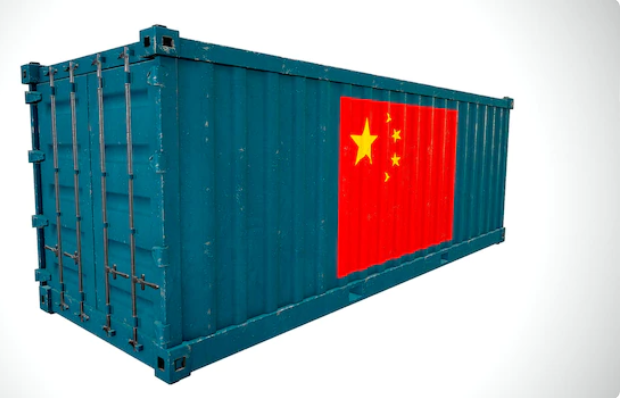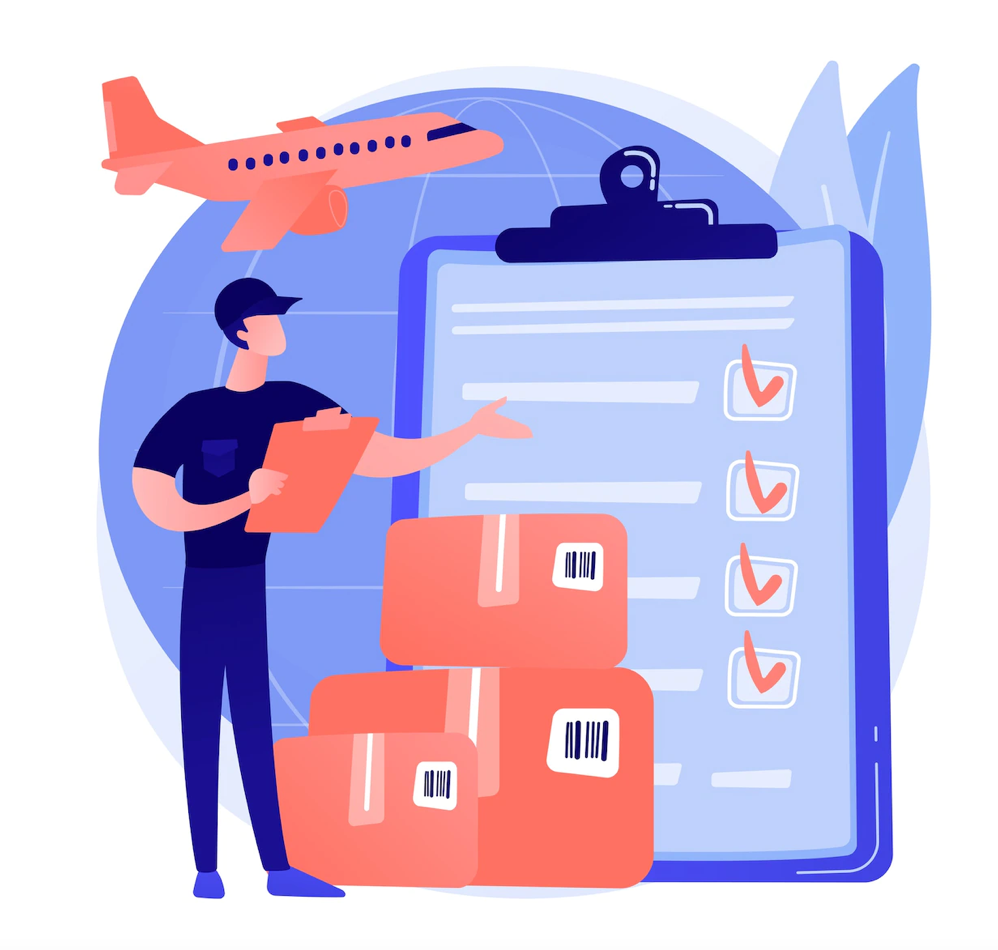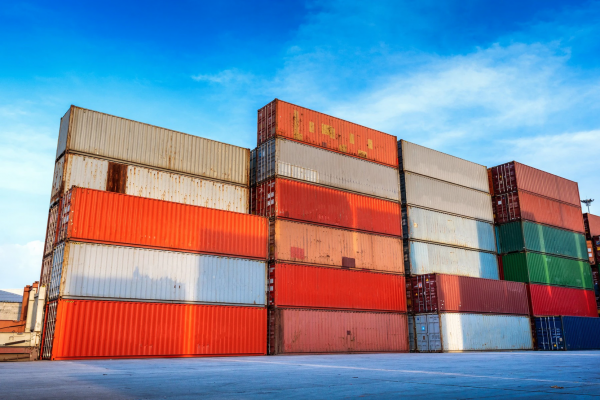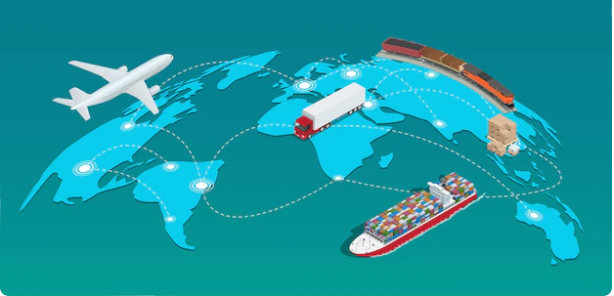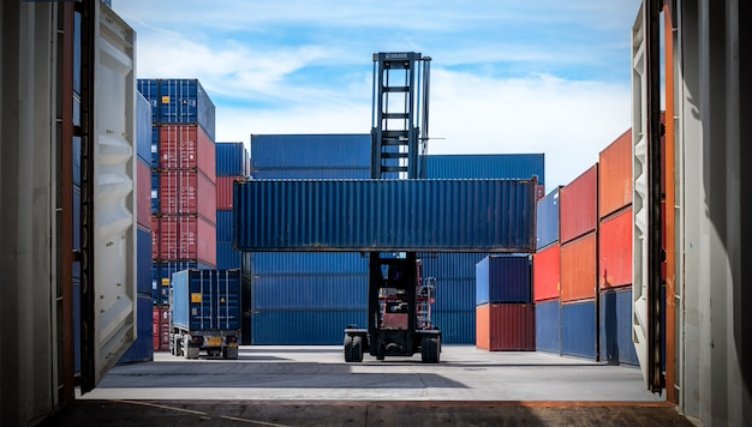
Western companies should understand all elements involved in goods importation from China. An important and sometimes overlooked element of the initial stages of product procurement is to be as accurate as possible about the total landed cost.
Before sourcing from China, consider the costs involved in the products you intend to source. Determine these costs as accurately as possible. Be sure to account for product profitability, tariffs and duties, and regulatory issues.
This guide describes the complexities of landed cost calculation and illustrates why many western companies prefer to use a China sourcing agent for this and other import processes. Whether you go it alone or use a sourcing agent, this article will give you a good understanding of the landed cost calculation process.
What Is Landed Cost?
Landed cost is also known as total landed cost or TLC; it is the total of all costs connected with making and delivering a product order, up to the production of the product. Landed cost sheds light on hidden costs. Accurate landed cost helps determine whether you can profit from goods you plan to import.
Because of variables and difficulties associated with landed cost, it is often difficult to arrive at a total figure; some companies skip the process altogether, which is inadvisable because it is essential to know exactly how much products will cost.
When answering the question, what is landed cost? recognize that landed price is the total overall price, rather than just shipping. So the total landed cost is the true product cost. Without factoring in shipping costs, you will not know the cost of the product.
What Is Landed Cost In Relation To Shipping?
Total landed cost should include the original item cost, logistics and brokering costs, inspection costs, tariffs, customs charges, insurance, taxes, currency converting costs, packing costs, handling fees, and bank charges.
To understand what is landed cost including shipping we need to understand the two main types of shipping costs.
EXW means ex-works. With EXW, the seller creates the products and readies for shipping from a particular location, but the buyer pays for all transport.
DDP means delivery duty paid. With DDP, the seller has responsibility for all fees and risks associated with shipping goods until they reach their destination.
Need help with the landed cost?
How To Calculate Total Landed Cost
There is a method that shows you how to calculate total landed cost. However, before using the landing cost calculation method, you need to determine the various amounts associated with landed price as accurately as possible. Instead of going it alone with this method, you may prefer to use a China sourcing company.
Defining landed costs well before shipping will allow your business to allocate an appropriate investment sum. Accurate forecasting also enables sales price and profit calculations and helps avoid unexpected charges
Essential Steps To Determine Total Landed Cost
Follow this system to determine the total landed cost of a shipment.
Get An In-depth Quotation From The Export Company
The quotation should include these details:
- Incoterms and place
Incoterms are instructions for global goods transportation. Incoterms describe the share of responsibility between the consignor (usually the supplier) and the consignee (usually the buyer). The place is the end destination of a consignment of goods.
- Consignee and shipper’s information
Full addresses of the buyer and shipper.
- Product details and cost
Description of the product, product quantities, and value.
- HS and HTS codes
HS (harmonized system code) and HTS (harmonized tariff schedule code) are part of a global goods classification system. These six-to-ten digit codes identify products and enable product clearance in customs departments.
- Product and packaging.
The sizes of products and the package sizes.
- Type of shipment
The shipment type will be either FCL (full container load) or LCL (less than container load).
- Currency
The currency is usually USD.
Understand and confirm freight costs and extra importing costs
Find a freight forwarder who will quote you on a delivery sent to the location of your choice. Freight forwarders ship by sea, railway, and air. With most worldwide trade shipments, the buyer pays for all extra charges and costs after the goods load for export; this is FOB (free-on-board) Incoterm.
Usually, the freight forwarder quotation will itemize all freight costs, including
- Seafreight cost from loading port to discharge port
Ensure a valid shipping date because air and sea freight costs vary dependent on the time of year. Recent world events have resulted in shipping delays, so discuss these additional factors with shipping agencies.
- Local charges
These will always be in your currency and include the customs clearance charges, port handling, domestic trucking costs, etc.
- Import duty rates
These are local rates enabled by supplying the HS code to the customs broker or freight forwarder, who can then confirm the duty rate for the goods. It also confirms import duty charges.
- Import taxes
The local tax rate will be either VAT or GST. Understand how this rate applies to imported goods.
Factor in foreign currency rates of exchange and attendant costs
There are multiple options for foreign exchange payments. Understand clearly the exchange rate the Currency Exchange provider offers you. Payment is usually via SWIFT telegraphic transfer or international wire transfer.
There is very little difference between SWIFT and wire transfer. SWIFT transfer is a method of sending money from one bank to an overseas bank. With a wire transfer, you appoint an agent to send money to another bank, using Western Union for example. SWIFT takes longer, and the exchange rates are not as good. So for speed and best value, wire transfer is best, although many consider SWIFT a more secure form of payment.
The Landed Cost Calculator Formula
Use this landed cost calculator to determine the true cost of your products. For example:
- 100 widgets @ 100 USD per item
- FOB from Shenzhen
- HS Code 6543.21
- FOB cost is 10,000 USD
- Shipment by 20-feet container
Convert USD Amount Into Local Currency
Remember that your real-term exchange rates will finalize with international payments. Usually, you will convert international sea freight costs and supplier costs into your local currency. When you have done this, add these amounts together.
FOB Total 10,000 USD = local currency $15,000
Seafreight 2,000 USD = local currency $3,000
FOB Total + Seafreight Costs = local currency $18,000
Add The Freight Forwarder’s Local Import Charges And Costs
The amount in this example is an additional $1,800 in local currency.
Work Out Import Duty Charges
There are two main types of valuations for import taxes and duties; they are either CIF or FOB goods values.
CIF is cost, insurance, and freight. CIF applies to product cost, insurance cost (when applicable), and international transport cost to the destination port in the importing country’s currency.
FOB is free on board. Duty is charged on FOB goods value in the importing country’s currency.
For this example, the freight forwarder confirms the addition of a 5% import duty on the FOB imported goods value. So, as the FOB value of goods is $15,000 in local currency, the tax is an additional $750 in import duty.
Add On Import Taxes
The final imported goods value is $4,350.
Landed Cost Calculator Result
Find the landed cost calculator result by adding all the elements together as follows:
- FOB $15,000
- Seafreight $2,000
- Local import charges $1,800
- Import duty charges @ 5% $750
Landed Cost Calculation Total = $19550 + Tax @ 10% $1,955
Grand Landed Cost CalculationTotal = $21,505
Calculating A Landed Price Per Product
To calculate the individual landed price per product, split the extra costs by weight or cubic volume, dependent on which is greater.
Accurately calculate the packaging size and weight to calculate landed cost per product, then divide the cost per product. Calculate the weight per product or the cubic measurement per product. Then add the freight and local import costs and divide by the weight or the cubic measurement (whichever is larger).
How To Calculate Selling Price After Landed Price
Once you have calculated the total landed cost, you can calculate the end price for your customer. To calculate a sales price, apply a percentage value of markup or margin to the cost price; ensure that you don’t confuse the two calculation methods.
Markup calculation: take the product cost away from the selling price. After that, divide net profit by cost.
Margin calculation: divide the cost of the product by the retail price.
Calculating landed costs on shipments from China is one of the many complexities of importing goods from China. Many western companies consider finding a manufacturer in China worthwhile because of the low costs of Chinese products.
Conclusion
HUACI Sourcing specializes in scaling businesses, decreasing lead times, and improving product quality; we’re a one-stop solution to the challenges western businesses inevitably encounter when importing from China.
Let HUACI Sourcing take care of the numerous pitfalls involved in sourcing from China for you. We’re here to ensure that your business will save money without sacrificing quality.


